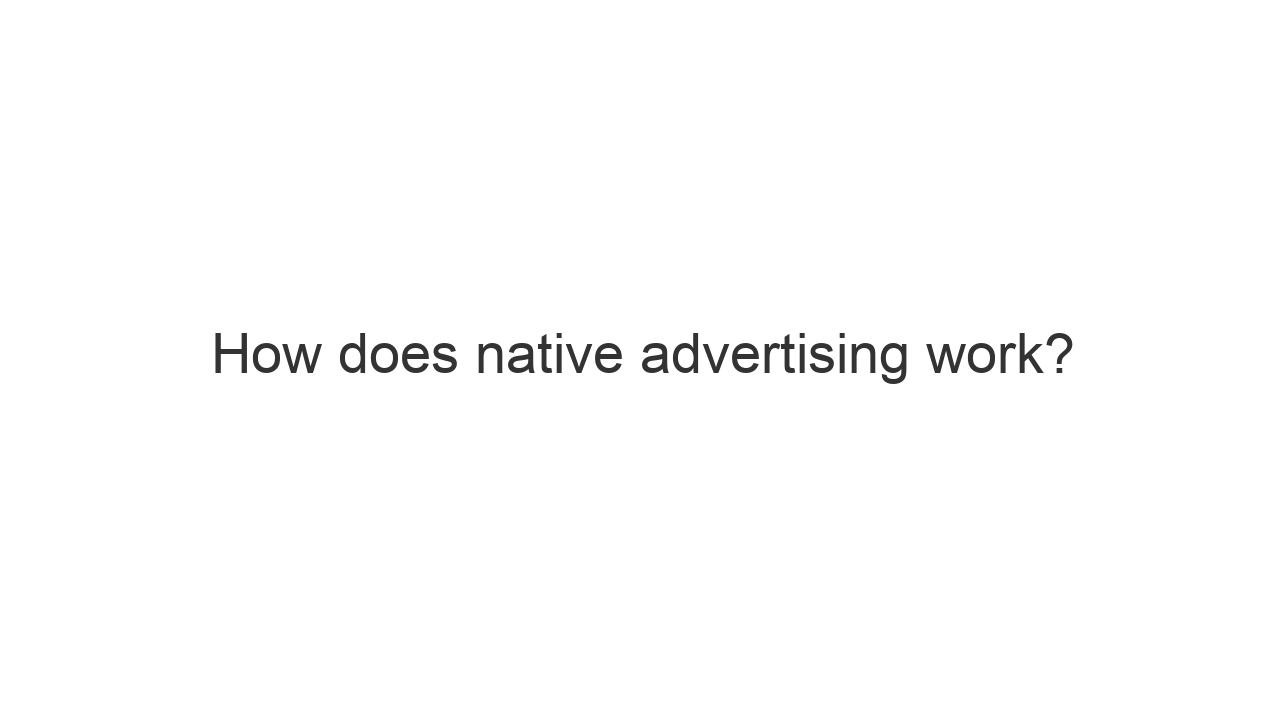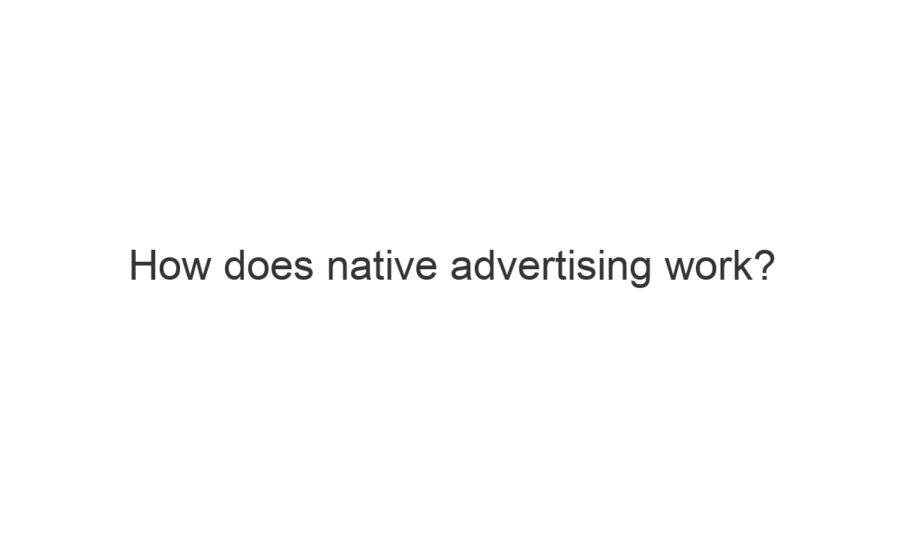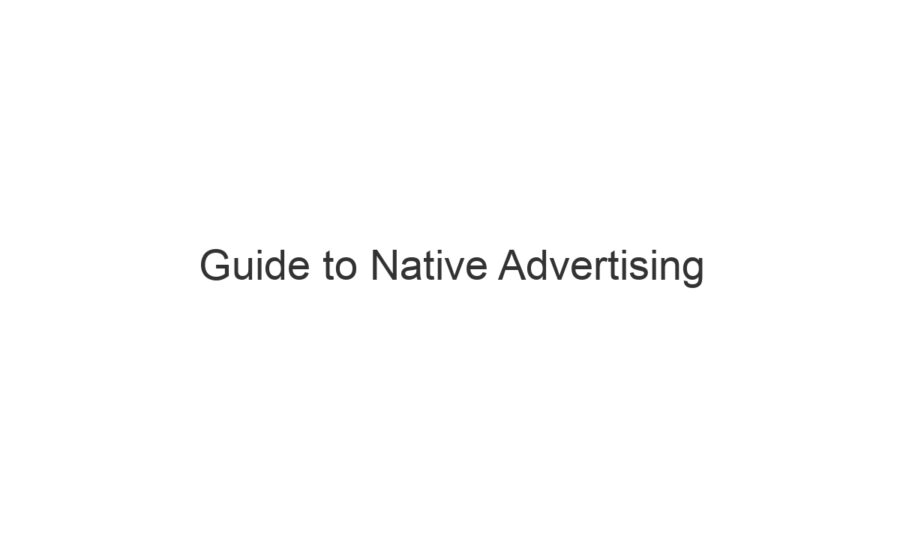Native advertising is ads that are designed to fit the form and function of the websites they exist in. You can see some examples here.
How do they work?
For in-feed type ad units, the campaign set up process goes like this:
- A URL or piece of content is put in to a native ad generator, which generates a customized ad, or multiple variations, that will fit across different sites and devices.
- This is then ad-served by a native ad server.
- Advertisers pay on a CPM, or CPC basis.
The difference is, that the ad formats are a lot simpler and rely on images plus text.
For publishers, they need to:
- Find a native ad provider.
- Integrate them with your ad-server.
- Monetize.
Some providers to look at initially would be OutBrain, ShareThrough, Taboola, TripleLift.
For native content, this process looks like this:
- Engage a publisher, share your creative brief with them.
- Collaborate on developing the content.
- Content goes live.
- Promote the best piece of content in your campaign.
You can leverage Nudge, to find out where to buy, what kind of content to buy, how to measure success and the effect of promotion. Take a look here.
For publishers:
- Some providers, offer BuzzFeed in a box, i.e. SFP, which bundle everything in to one place, including the CMS.
- Alternatively you develop a slightly different template, to allow for disclosures.
- Traffic it through your CMS.
- Leverage tools like Nudge, to productize the offering.

|
|---|


